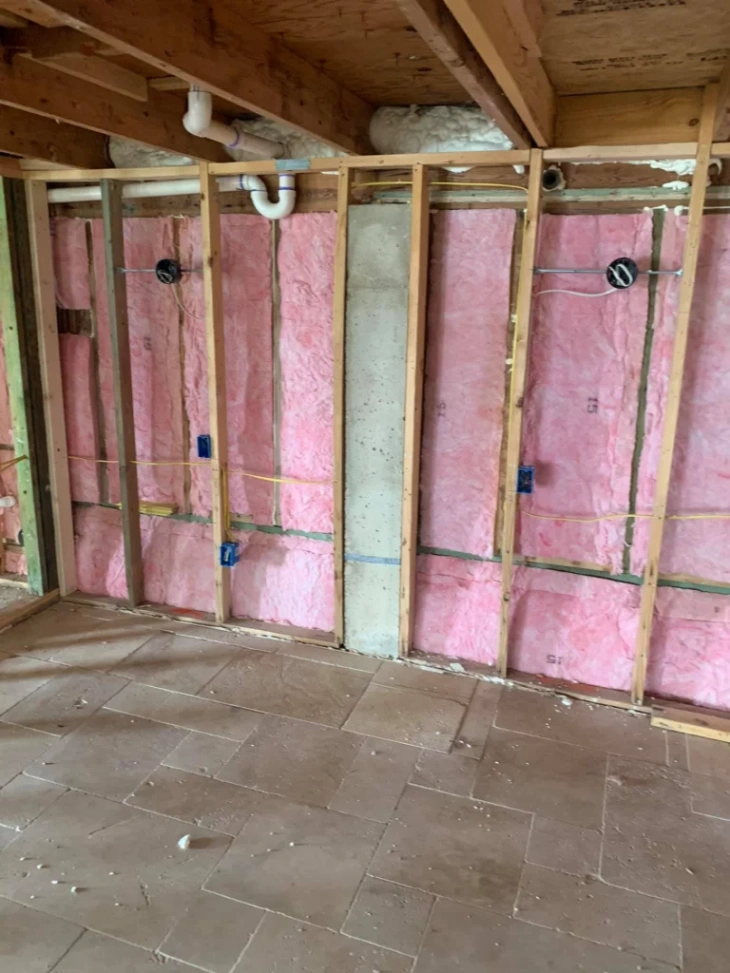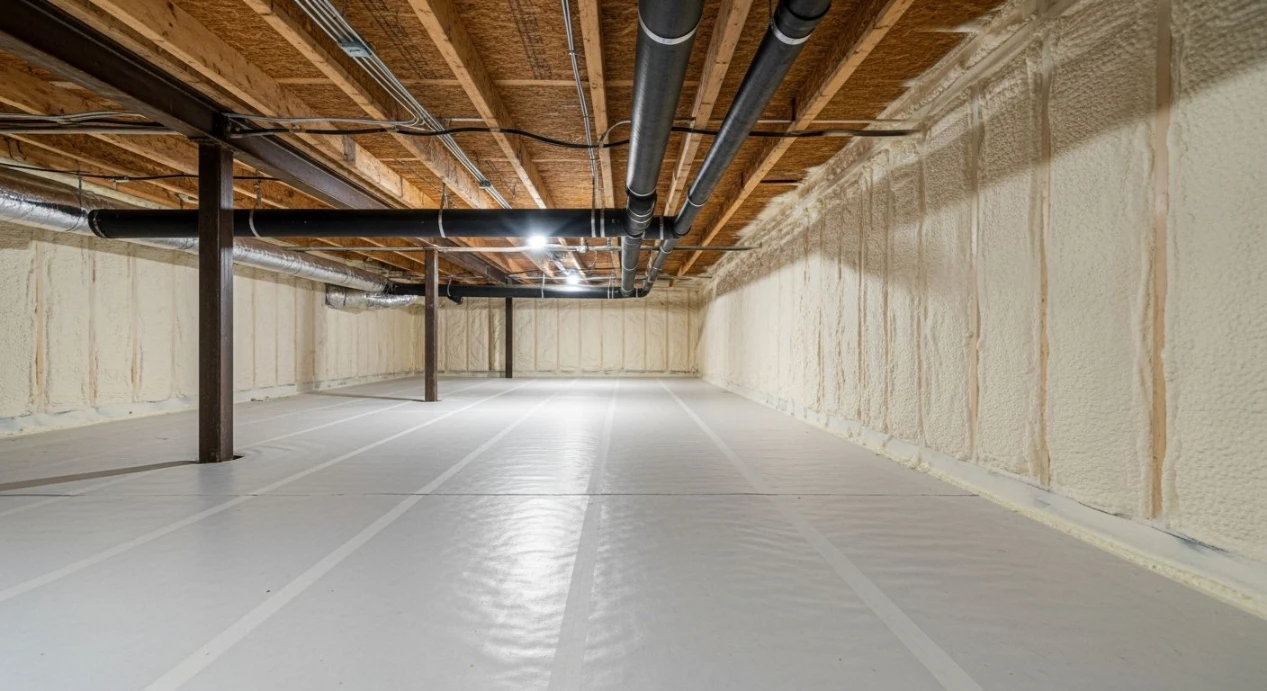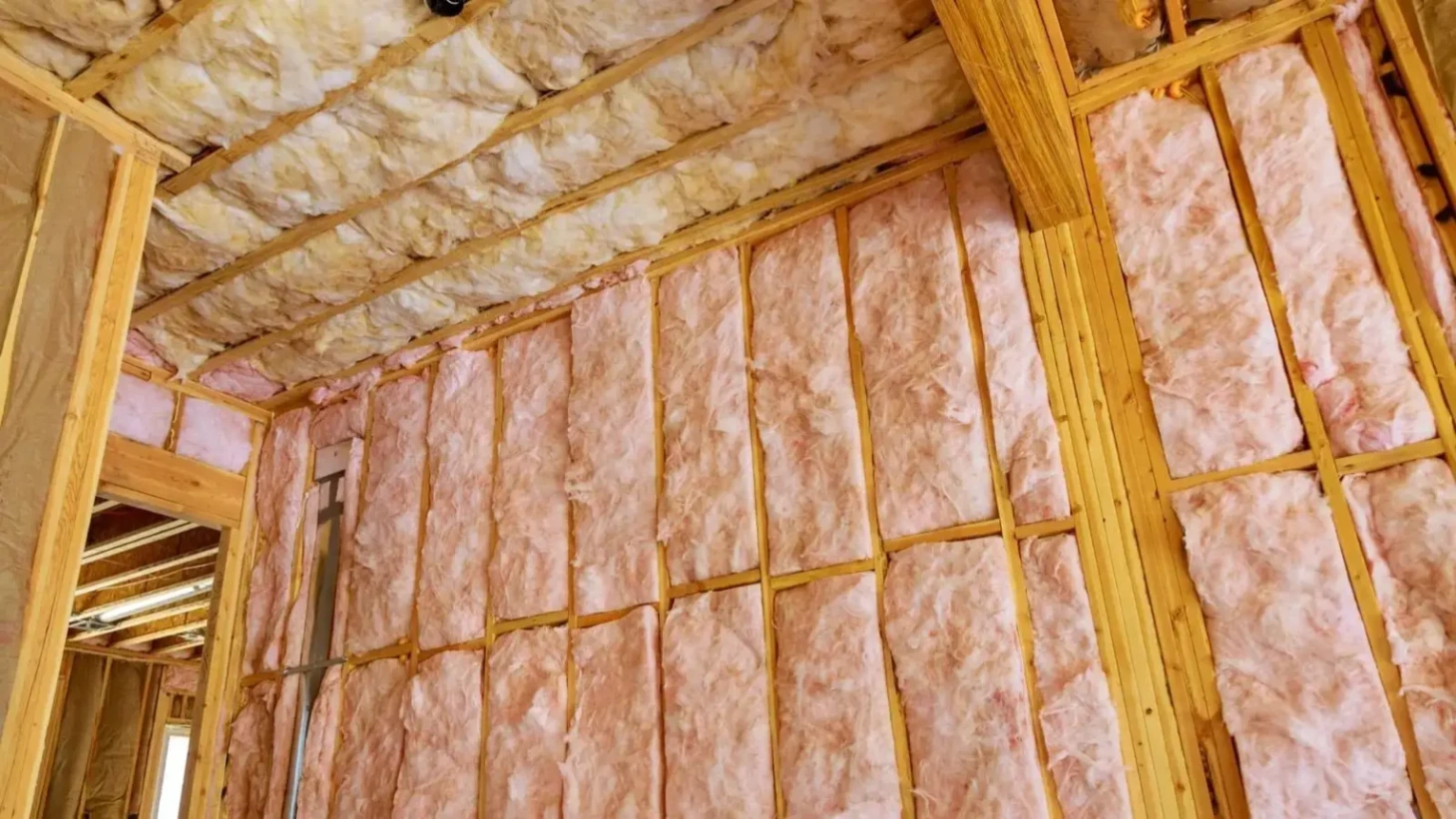
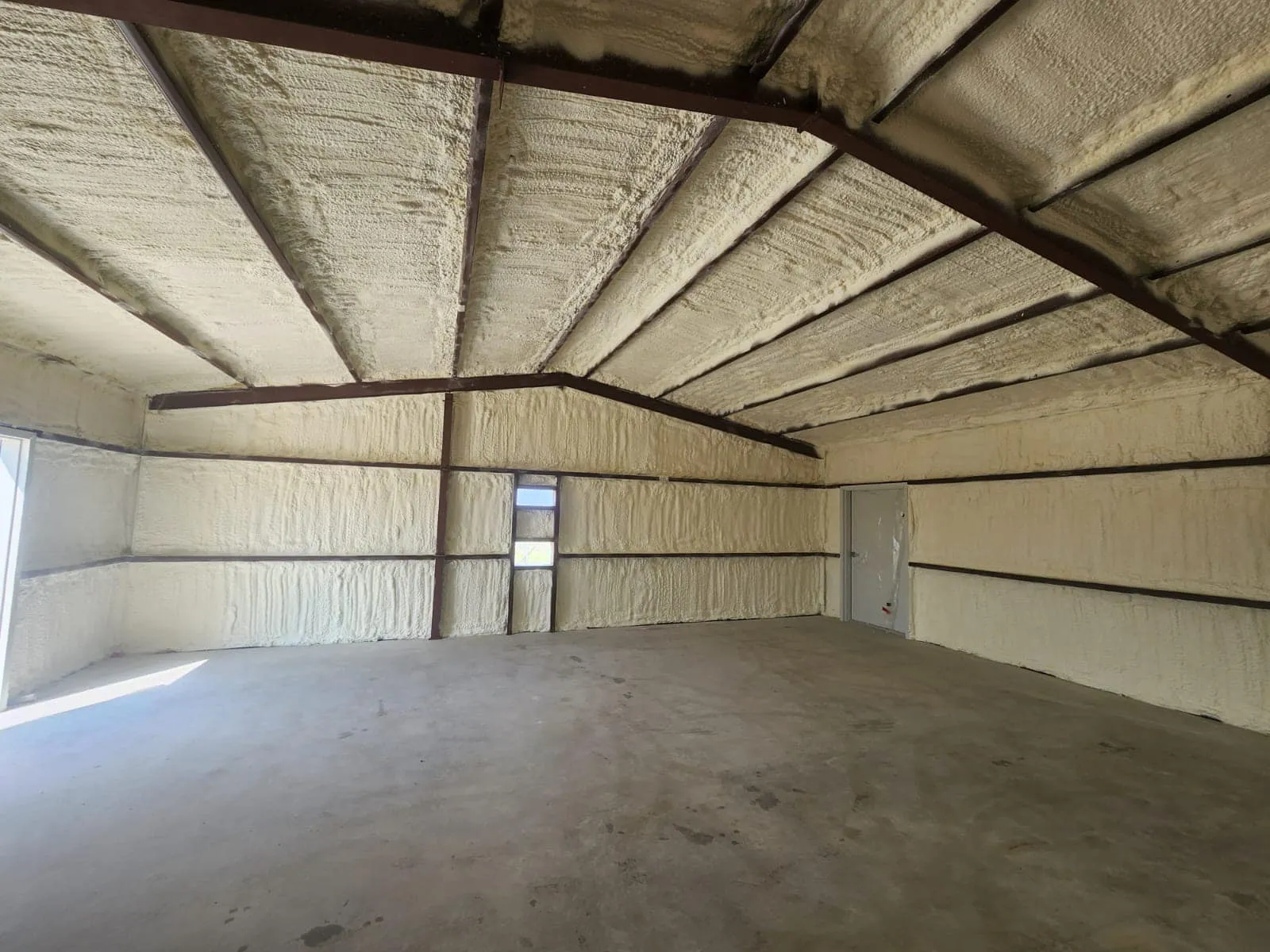
Upgrading or installing commercial insulation in office complexes typically returns its cost within 3 to 5 years through reduced energy usage, lower HVAC strain, and stabilized interior comfort. Properly installed insulation can cut annual energy bills by 10% to 30% depending on existing conditions, building size, and insulation type. Offices in regions with extreme heat or humidity, like southeast Texas, often see shorter ROI cycles due to increased reliance on HVAC systems.
This guide provides practical data, comparison tables, and insights based on real-world experience working with office and commercial buildings. It breaks down insulation options, technical specs, and decision factors clearly and concisely. H&R Insulation has worked extensively across various commercial structures in Texas and developed clear ROI benchmarks based on actual project outcomes.
Several variables directly affect ROI for insulation upgrades:
| Insulation Type | Typical ROI Timeline | Annual Energy Reduction | HVAC Load Impact | Moisture Control Effectiveness |
|---|---|---|---|---|
| Open Cell Spray Foam | 3-5 years | 25% avg. | Moderate | Moderate |
| Closed Cell Spray Foam | 2-4 years | 30%+ | High | High |
| Blown-In Fiberglass | 4-7 years | 10-20% | Low to Moderate | Low |
| Blown-In Blanket System | 4-6 years | 15-25% | Moderate | Moderate |
| Fiberglass Batts | 5-8 years | 10-15% | Low | Low |
Bonus Tip: Closed cell spray foam adds structural rigidity, which can benefit aging buildings or those in high-wind areas.
In humid subtropical zones like Texas, air sealing and vapor control play a larger role. Without proper insulation, commercial HVAC systems work harder to manage both temperature and indoor humidity. Buildings using open or closed cell spray foam often maintain more stable humidity levels and reduce mold risks over time.
| Material | R-Value per Inch | Air Seal Capability | Water Resistance | Vapor Barrier Properties |
|---|---|---|---|---|
| Open Cell Foam | R-3.5 to R-3.8 | High | Low | Partial |
| Closed Cell Foam | R-6 to R-7 | High | High | Full |
| Blown-In Fiberglass | R-2.2 to R-2.7 | Low | Low | None |
| Fiberglass Batts | R-3.2 to R-3.8 | Low | Low | None |
Bonus Tip: In crawl spaces and slab-on-grade offices, closed cell foam can act as both insulation and vapor barrier in a single step.
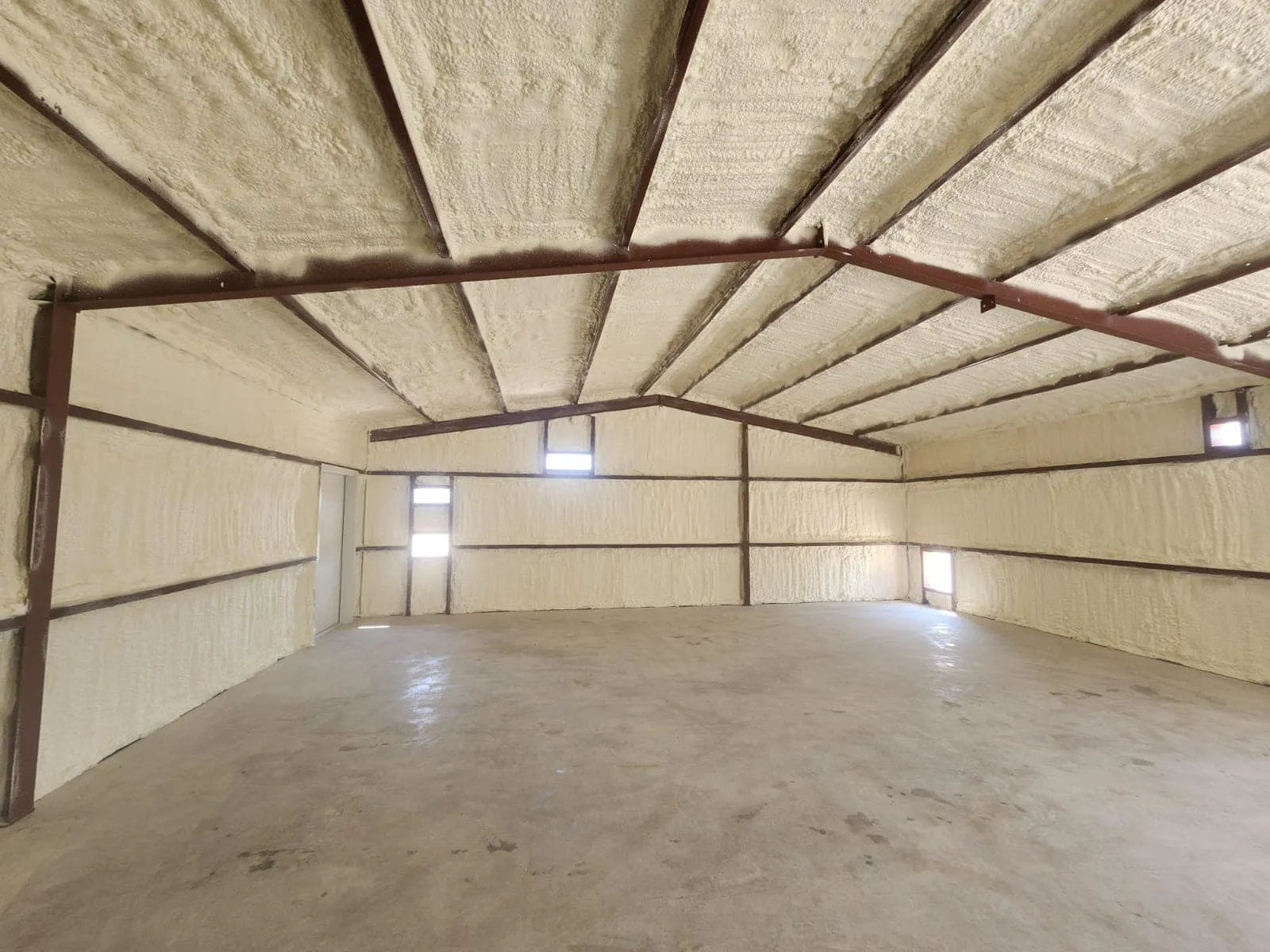
According to the U.S. Department of Energy, commercial buildings lose up to 40% of energy through air leaks and poor insulation. Retrofitting older offices with high-performance insulation directly addresses this loss (DOE, 2023).
Bonus Tip: Always check with a local building code official before choosing spray foam, especially in mixed-use commercial buildings.
H&R Insulation provides services specifically effective in commercial office retrofits:
Closed cell spray foam typically provides the fastest ROI in high-heat areas due to superior thermal resistance and air sealing.
Most projects can be completed in 2 to 5 days depending on access, prep, and square footage.
Yes. Systems cycle less often, lowering component stress and extending service intervals.
Yes, especially if the old material is water-damaged, moldy, or compressed beyond function.
Office complexes benefit measurably from strategic insulation upgrades. Closed cell spray foam provides the best return in hot, humid climates by reducing load, stabilizing humidity, and preventing heat transfer. Blown-in and fiberglass options still offer modest gains where budgets or access are limited. Evaluate each building’s use patterns, physical constraints, and local climate before selecting an insulation method.
For experienced guidance on commercial insulation upgrades, H&R Insulation offers direct support for office buildings throughout Texas. Email [email protected] or call (979) 325-2419 to discuss insulation needs, project timing, and code-compliant strategies for your building.
Check annually, especially after HVAC upgrades or water damage incidents.
Open and closed cell spray foam both reduce airborne sound transmission, which helps in shared-wall offices.
Use pre- and post-installation utility bills along with HVAC runtime logs to verify improvements.
None under normal conditions. Monitor only in areas with potential water intrusion.
Yes. A combined approach delivers better indoor climate control and long-term efficiency.

